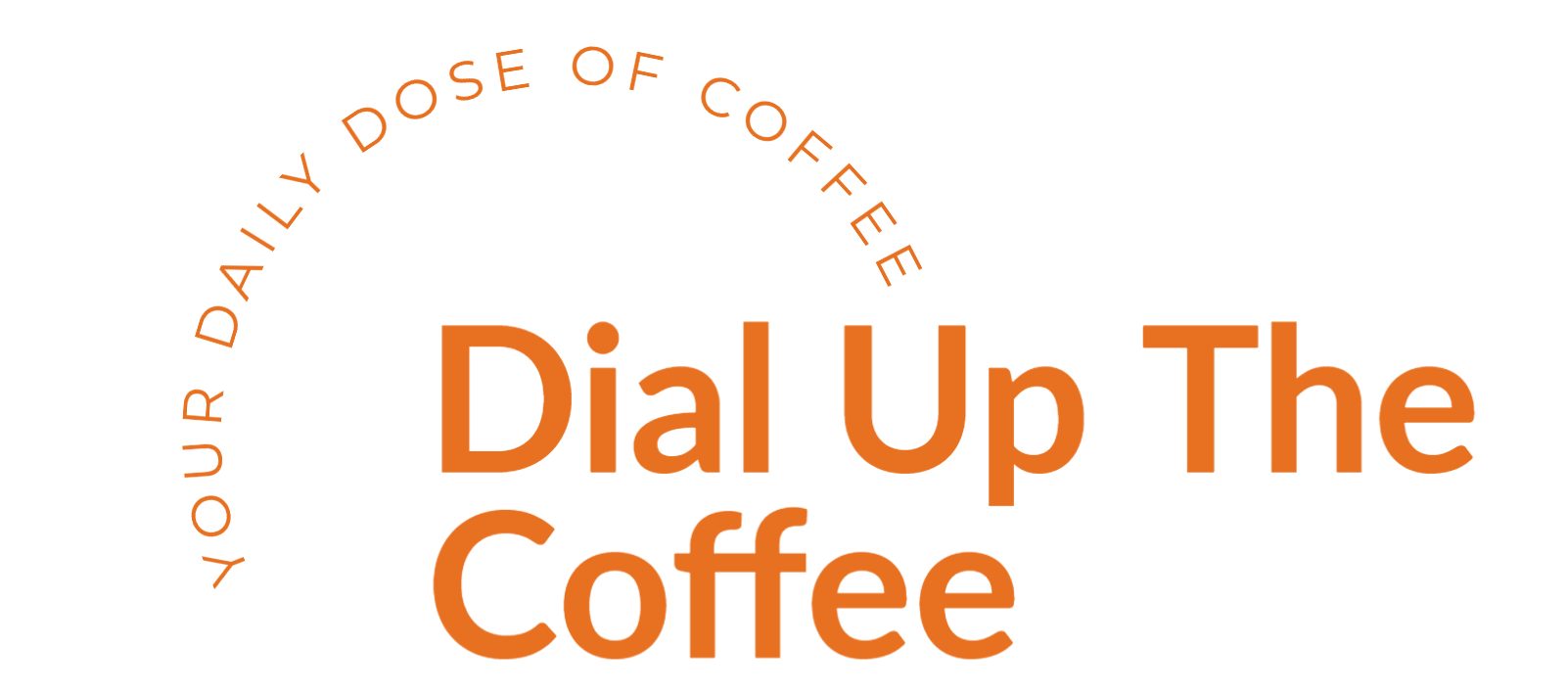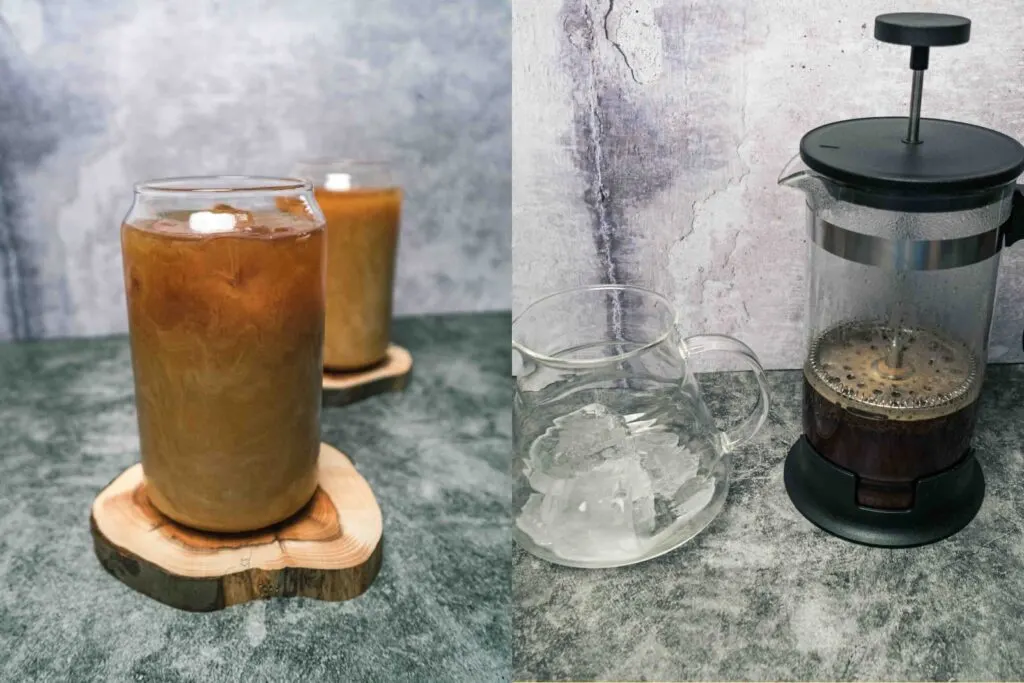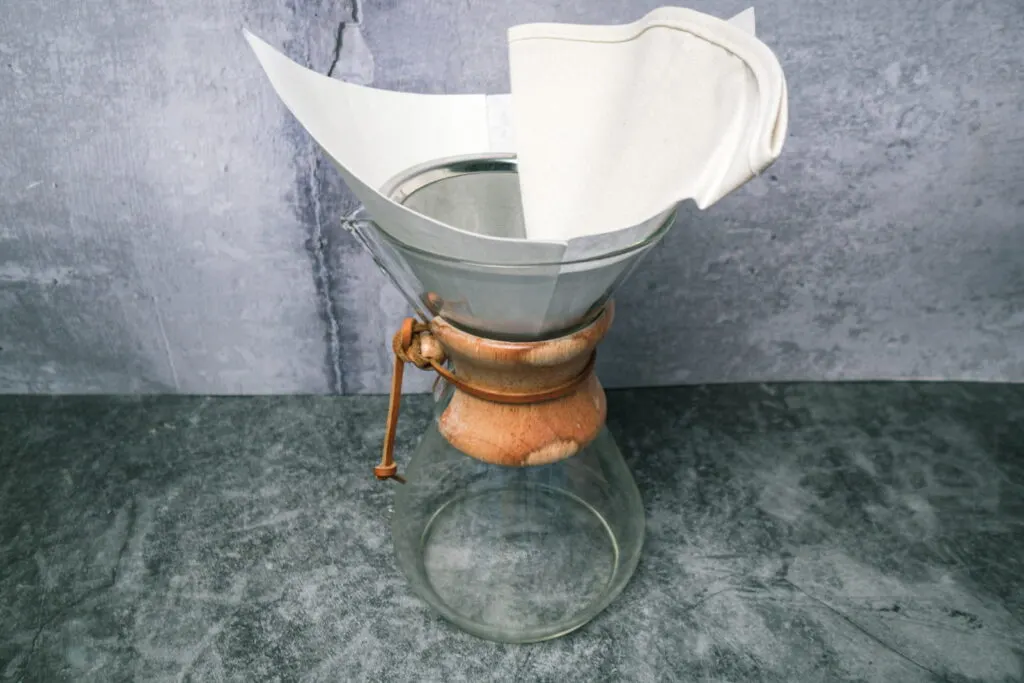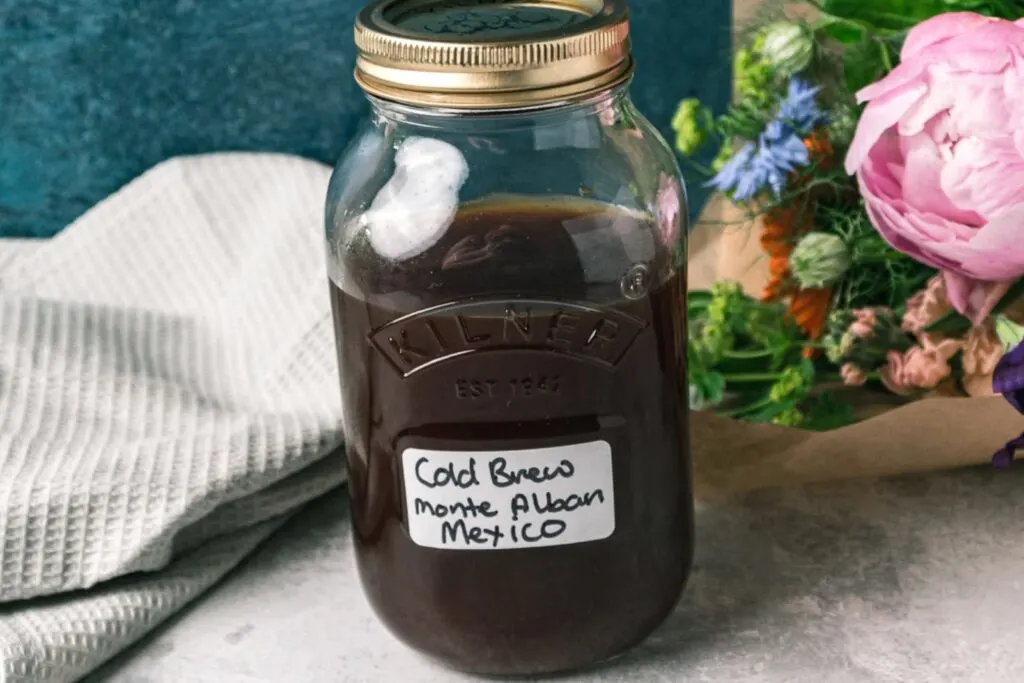French Press coffee and Instant Coffee are arguably the two most popular ways to brew coffee. However, the two are very different. French Press creates a classic, fresh-tasting cup of coffee, but it requires more work to make a cup. Instant coffee has more flavor options and is quick to make, but the flavor isn’t always bold and has fewer antioxidants that are found in coffee.
Whether your someone who just needs a cup of coffee to jump start their day or if you genuinely enjoy coffee, it is good to know what kinds of coffee you enjoy. To help you decide which brewing method is right for you, here are some pros and cons to French Presses and instant coffee.
French Press

The French Press is a brewing method made for coffee lovers to enjoy great coffee without official barista training. It creates smooth and flavorful cups of coffee. Despite its growing popularity, French Press Coffee has actually been around since the late 1920s, originating in Italy despite its name. Since then, it has become a popular brewing method all over the world.
Disclaimer: Hi! this post may contain affiliate links which will take you to online retailers that sell products and services. If you click on one and buy something, I may earn a commission, see my Affiliate Disclosure for more details.
French Press coffee uses a carafe with a plunger to brew the coffee. You essentially just need to use ground coffee beans and hot water to make a cup of coffee. Even though it is easy and doesn’t require a lot to use it, it does take some technique to get the right cup for you.
How it Works
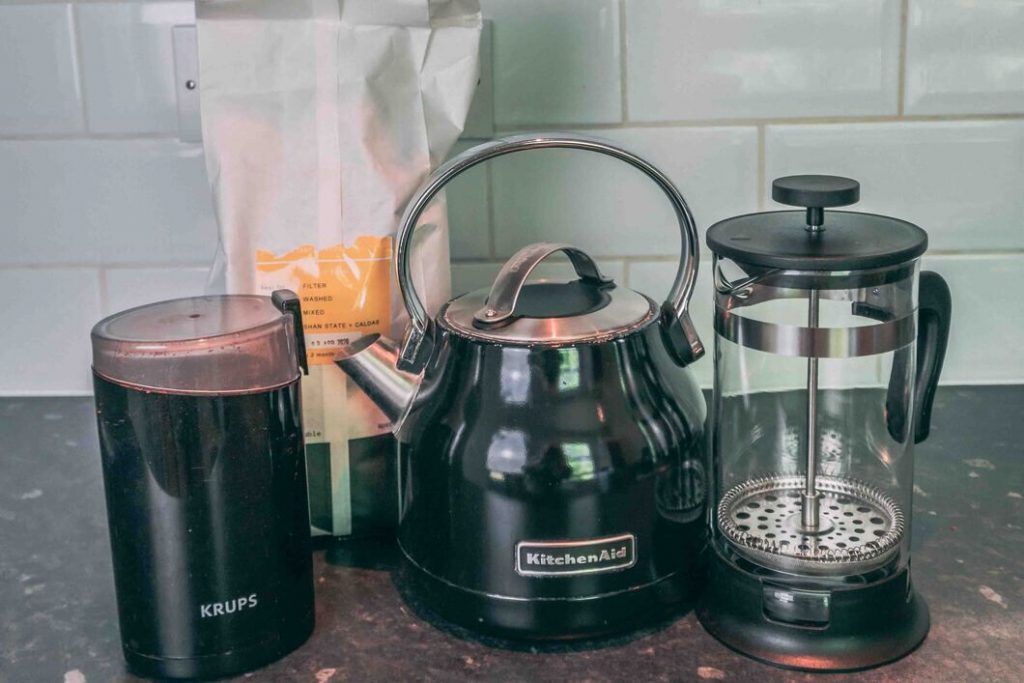
Although it may seem a little intimidating, using a French Press is actually very easy. All you need is hot water (a temperature of 195 to 205 degrees Fahrenheit or just a boil is preferred for this brewing method), coffee grinds, and the French Press.
For the French Press, you have to have the right water-to-coffee ground ratio to get the right kind of taste, so it’s a good idea to weigh and measure your coffee and water before starting to brew. The typical coffee-to-water ratio is two tablespoons of coffee grounds for every six ounces of water.
To start brewing with a French Press, steep very fine coffee grounds with very hot water in a beaker kind of pot. After the coffee grounds are done steeping, push a metal plunger, which has a mesh filter, to the bottom of the beaker, separating the coffee grounds from the actual coffee.
Interestingly, this kind of brewing is called “immersion brewing.” It gets its name from the coffee being emerged in water, unlike the drip method, which has water flowing through the coffee grounds.
Even those it is super easy to use, there are some pros and cons to using a French Press:
Pros
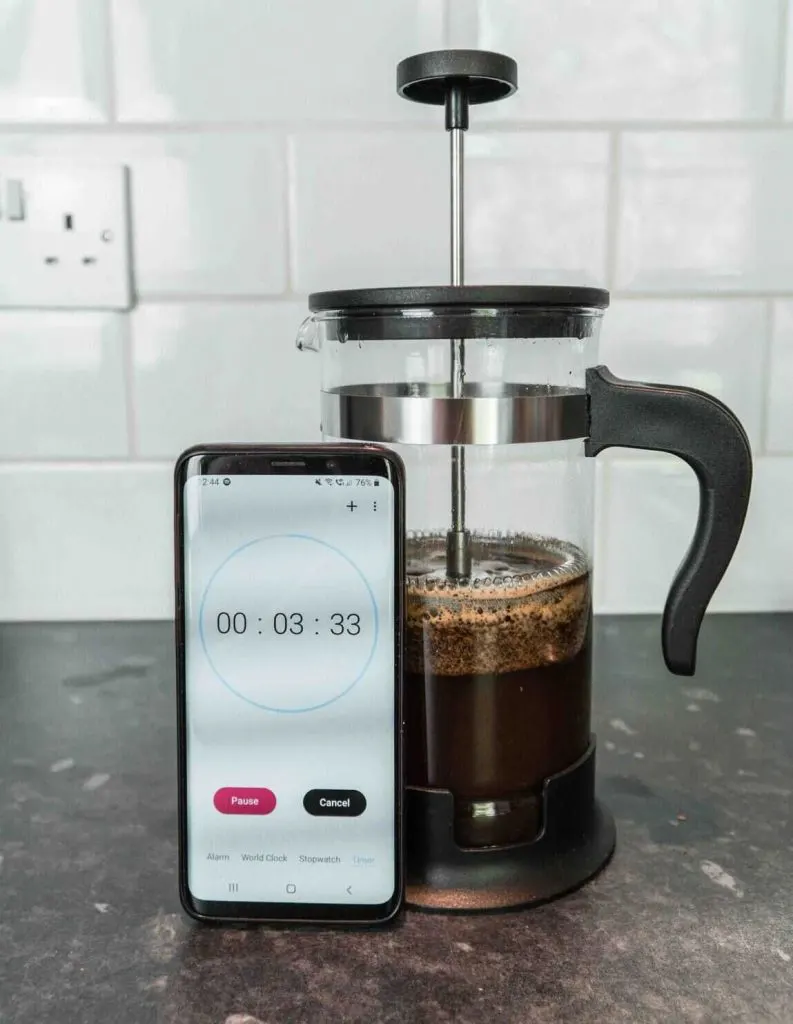
- Stronger Cup of Coffee: French Presses are one of the most popular ways to make more caffeinated cups of coffee because of the brewing process and water to coffee ratio.
- More Control: The biggest advantage to a French Press is the control that it gives you. Because you have to control the machine yourself, you have more control over how your coffee comes out. The taste of the coffee is very dependent on the water to coffee ratio and the kind of coffee grounds you use. Once you have established a routine with your French Press, you can get the coffee you love every time.
- 8 Cups: With a French Press, you get to make up to eight cups of coffee at once.
- Quick for the Taste: A French Press takes about four minutes to brew, but the coffee comes out great. However, if you leave the coffee sitting too long, it becomes increasingly more bitter.
- A Bang for your Buck: For the great tasting coffee that they can make, French Presses are actually very inexpensive. Most French Presses retail for less than 20 dollars.
- Easy to use: French presses are relatively easy to use, and you don’t have to go through a whole user manual to learn how to use it.
- Not Just Hot Coffee: You can brew more than just hot coffee with a French Press. You can also brew cold brew coffee and loose-leaf tea.
- Better for the environment: because you don’t have to use any coffee filters or plastic cups, there is no environmental impact. However, you do have to dispose of the used coffee grounds after you’re done brewing, but you can use those as fertilizers for plants.
Cons
- The Taste Varies: You’ll never get the same cup of coffee unless you have your technique down. Because the taste of the coffee is so dependent on so many variables, you won’t ever have a consistent taste unless you know exactly how you like your coffee.
- Sediment: if you don’t brew the coffee carefully enough, you can get some sediment at the bottom of your mug.
- Clean up: Cleaning a French press takes quite a bit of work. You also have to throw out all of the used coffee grounds. If you don’t have a garbage disposal in your sink, you’ll have to dump them in your trash can. You can’t just throw them down the drain because it will clog up your sink.
- It Takes Some Work: Although it is relatively easy to use, you can’t just press a button to make it go. You have to do all of the work yourself. You also have to use the right temperatures and the right grind size. You also have to use the right kind of grind for French Press. They need pretty coarse grinds, between the size of rock salt and raw sugar.
Who is a French Press Good For?
- Coffee Connoisseurs: People who love coffee and are into the craft of it, are perfect people to buy a French Press.
- People Who Want to Get More Into Coffee: You don’t have to have years of coffee experience to appreciate a French Press. If you are just starting out with coffee, a French Press is a great tool, to begin with. It’s easy to use and still produces excellent tasting coffee.
- Picky Drinkers: French Presses give the user more control over the taste of their coffees. The end product is dependent on water temperature, the kinds of coffee grind that you use, and how long you steep it. For people who are picky about the taste of their coffee, investing in a French Press is a great idea. This way, you can make your coffee exactly how you like it every time.
- Ultimately, French Press makes the freshest and boldest tasting coffee between the two. For its price and control that it gives you over your brew, the French Press is a great tool for making great tasting coffee at home.
Instant Coffee

There’s not much that goes into instant coffee aside from the coffee grounds and a machine. It became popular in America around World War I and has since become a household staple. With the introduction of devices like the Keurig and the Nespresso, instant coffee has become more popular in the last decade.
Instant coffee consists of pre-brewed coffee beans that are dried for you to rebrew yourself. You can buy instant coffee in the form of coffee grounds already in a bag or capsules, like K-cups. It is so popular because it is very convenient and inexpensive. In a world where everyone is always on the go, instant coffee has become the go-to choice for many people.
How it’s Made
Before it’s made into a cup of coffee that you drink, instant coffee has to go through a process to get ready for the market. There are actually two methods for making instant coffee: freeze-drying and spray drying.
The spray drying method starts off with roasting, grinding, and brewing coffee beans, making actual coffee. The coffee is then sprayed in a mist through very hot and dry air that’s about 480 degrees Fahrenheit. When the droplets of coffee land, they will have dried into the small crystals we know as instant coffee.
The freeze-drying method is a little more complicated and has a few more steps than the spray drying method. First, the coffee is brewed like usual, and then it is cooked down into an extract. The coffee extract is then chilled, at about 20 degrees Fahrenheit, and it turns into a slushie-like consistency.
The slushie-like coffee is chilled again until it turns into ice. The ice is then broken into fragments that are sent through a drying vacuum, which vaporizes the ice fragments and making the instant coffee granules.
The freeze-drying method makes a more shelf-stable instant coffee, which makes it the most popular way to make instant coffee. It also makes the coffee more aromatic compared to the spray drying method.
How it Works
Instant coffee is the easiest and quickest way to get coffee to you, aside from ordering it from a coffee shop.
For instant coffee, you’ll either need coffee grounds, coffee beans that you can ground yourself, coffee filters, or pre-packaged coffee like K-cups. There are two different kinds of coffee makers now: the standard coffee maker that uses a pot or an automatic coffee maker like a Keurig.
For both of these kinds of coffee makers, all you have to do is fill them with water, add the right amount of coffee grounds or insert a cup that already has the coffee grounds it in, and then press a button.
Instant coffee is the easiest, quickest, and cheapest way to make coffee at home. There are also several different flavors of coffee that you can choose from, so you don’t have to go to a coffee shop to get one of those specialty coffees that you like. However, instant coffee is known to be weaker compared to brewing it yourself.
Aside from the ease and cost-efficiency, here are some more pros and cons of instant coffee:
Pros
- Convenience: Instant coffee is instant (hence the name), so it’s quick to make without any of the hassles. You have to use a coffee maker to make instant coffee, so you don’t have to do anything besides Press a couple of buttons.
- Various Flavors: Because of how popular instant coffee has become over the years, there are hundreds of flavors of coffee that you can’t get with brewed coffee. You can even get it from your favorite coffee places, like Starbucks so that you can enjoy their coffee at home for cheaper.
- Easy to Use: All you have to do to make instant coffee is fill up the machine with the right amount of water, load in your coffee grounds or capsules, press a button, and wait. You don’t have to put in any more work than that, leaving you time to do something else while you wait for your coffee.
- Cost Efficient: Aside from being quick to make a cup of coffee, instant coffee is also cheaper.
- Doesn’t Lose Flavor: Unlike French Press coffee which you have to drink or else it loses its flavor and becomes more bitter, instant coffee keeps its flavor for longer. You can even refrigerate some and drink it later, and it will still have the same taste as it did when you first brewed it.
- Easy to Clean: Because you don’t have to clean an entire machine and just throw out the used grounds with a filter or cup (there are even reusable ones), it’s much more convenient to clean.
Cons
- Less Caffeine: Instant coffee contains an average of about 93 milligrams of caffeine in an eight-ounce serving, compared to brewed coffee, which can have up to 123 milligrams.
- Weak Flavor: Because you don’t have much control over how instant coffee is brewed, your coffee may be weaker than if you brewed it yourself.
- Fewer Antioxidants: Because of all of the processing that instant coffee goes through, you lose a lot of the natural antioxidants that are found in coffee.
- Bad for Your Health: Recent studies have shown that most instant coffees contain traces of a chemical compound called acrylamide, which is known to cause damage to the nervous system and cause cancer. However, you’ll need to drink a LOT of instant coffee for this to happen, so don’t worry- your K-cups won’t kill you.
- Bad for the Environment: Because of how much waste is produced from instant coffee, it’s a bad brewing choice for the environment. For instant coffee, you either need coffee filters or K-cups, which just get thrown out if they’re not repurposed.
Who is Instant Coffee Good For?
- Busy People: If you’re always on the run, then instant coffee may be a good match for you. Instant coffee is quick and easy, so it doesn’t take long too brew, and if you find a brand that you like, then it will still taste great.
- On a Budget: For people who love coffee, but can’t afford to spend a lot, then instant coffee is a great option. Because instant coffee is so inexpensive, it allows you to enjoy coffee without breaking your bank. Instant coffee gives you the caffeine boost that you need without breaking the bank.
If you aren’t really looking for great flavor or aromatics and just want a cup of coffee to fuel you up, then instant coffee is perfect for you. Compared to the French Press, instant coffee doesn’t produce the freshest coffee, but it does stay good for hours after you brew it.
The Verdict:
All in all, there is no one better way to brew coffee- it is entirely dependent on what you like for yourself. For some who are more on the go, instant coffee may be a better match. However, people who love coffee and have the time to sit and appreciate a cup would love a French Press.
The French Press has more pros than cons compared to instant coffee. The French Press makes better-tasting coffee quickly, but the taste of each batch is never consistent, and you have to drink it quickly, or else it will get bitter. Instant coffee, on the other hand, is cheap and quick to make, but it doesn’t promise excellent tasting coffee and has less caffeine.
You don’t even have to choose one or the other- some people even use both. You could use instant coffee for when you just need a quick cup and run out the door during your workweek. But on Saturday mornings, you have the time to sit down and make a nice cup of coffee to start your weekend off fresh.
Both brewing methods have their upsides and their downsides, but they are both great options depending on who you are and what your coffee needs are. The French Press is good for people who aren’t in a rush and can enjoy a cup of coffee. However, instant coffee is good for people on-the-go who need just need to make a quick cup and get out the door.
Either way, both are great methods of brewing coffee and have a lot to offer. Hopefully, this guide helped you decide which method is right for you.
